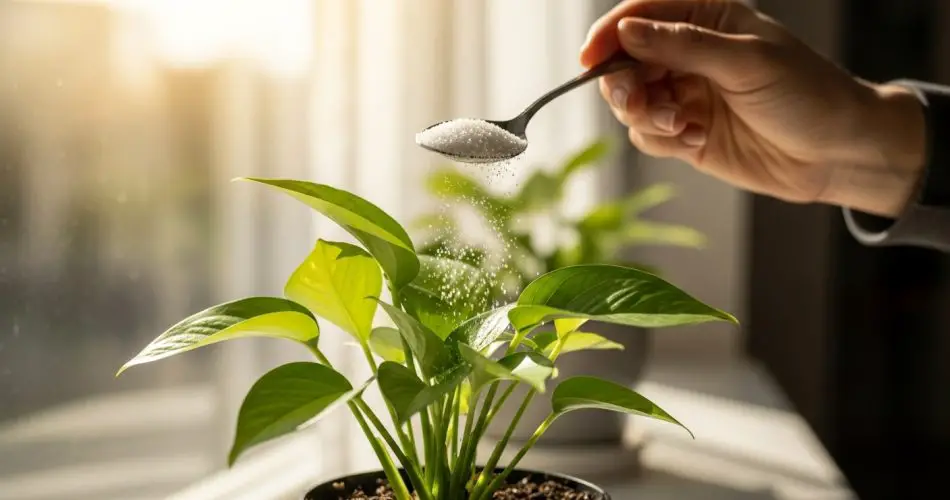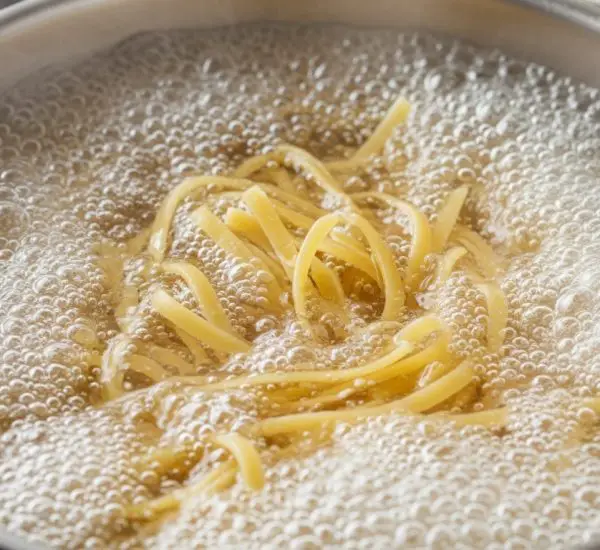When you think of sugar, your mind probably jumps to desserts, coffee, or baking—not gardening. Yet, one of the most surprising and effective ways to boost your plants’ health involves this common kitchen ingredient. It might sound unusual, but adding a little sugar to the soil can do wonders for your garden. Gardeners who have tried this simple trick swear by the results. Let’s explore why sugar can be beneficial for your plants and how to use it correctly.
Taking Care of Plants Isn’t Always Easy
Caring for plants requires patience, attention, and consistency. Every plant species has its own unique needs: some require more sunlight, others need shade; some thrive in moist soil, while others prefer it dry. Even when we think we’re doing everything right, plants can sometimes wilt, yellow, or fail to bloom. This usually happens due to nutrient imbalances, improper watering, or pest problems. However, there’s one easy step that can support your plants regardless of their type—adding a bit of sugar to their soil.
Why Sugar Can Help Plants Thrive
At first glance, it might seem strange that sugar, something we associate with food and drink, could help plants. But the reasoning is simple. Sugar acts as an indirect nutrient booster and a natural antifungal agent. When used in moderation, it can strengthen your plants’ resilience and even help them recover from stress or disease.
Plants naturally produce sugars through photosynthesis, using sunlight to convert carbon dioxide and water into glucose and oxygen. This glucose is their energy source—it fuels growth, flowering, and fruit production. However, when plants are stressed (for instance, after repotting, pruning, or exposure to cold), their energy production can drop. In such cases, a small dose of sugar in the soil can provide an external energy boost to help them recover faster.
Sugar’s Antifungal Properties
One of the lesser-known benefits of adding sugar to soil is its antifungal effect. Fungi and bacteria are among the most common causes of plant diseases, leading to root rot, wilting, and stunted growth. A sugar-based solution helps create an environment that discourages the spread of these harmful microorganisms.
Sugar stimulates beneficial microbial activity in the soil. These “good” microbes compete with and suppress pathogenic ones, creating a natural defense system around your plants. As a result, the risk of fungal infections decreases, allowing your plants to grow stronger and healthier.
How to Use Sugar for Your Plants
Using sugar in gardening doesn’t mean pouring spoonfuls of it into your pots. The key is moderation and proper application. Here are a few safe and effective ways to use it:
-
As a Soil Additive:
Mix one tablespoon of sugar into one liter of water. Use this solution to water your plants once every two weeks. It’s best to pour it around the base of the plant, avoiding direct contact with the leaves or stems. -
As a Fertilizer Boost:
If you use natural fertilizers like compost or manure, sprinkle a small amount of sugar over the top layer before mixing. It helps feed the beneficial bacteria in your compost and accelerates the breakdown of organic matter, enriching your soil. -
During Stress Recovery:
If a plant looks wilted after being transplanted or pruned, water it with a sugar solution. This extra glucose can help it regain energy and recover more quickly from shock.
Signs You Might Be Overdoing It
Just like anything else, too much sugar can cause harm. Overuse can lead to soil imbalances and may attract ants or other insects. If the soil becomes sticky or develops mold, it’s a sign you’ve added too much. Remember, the goal is to give your plants a gentle energy lift, not to turn their soil into syrup.
An Alternative Option: Cinnamon
If you prefer not to use sugar or want to switch things up, cinnamon is another excellent choice. Like sugar, cinnamon has powerful antifungal and antibacterial properties. It helps prevent root rot, stimulates root growth in cuttings, and keeps pests at bay. To use it, sprinkle a small amount of ground cinnamon around the base of your plants or mix it into the soil when planting new ones.
Why This Trick Works
The reason sugar (and cinnamon) works so well in gardening lies in the balance it helps create. Healthy soil isn’t sterile—it’s alive with billions of microorganisms that support plant growth. When these microbes are nourished, they improve soil structure, enhance nutrient absorption, and defend against pathogens. Sugar acts as their food source, helping them multiply and maintain a thriving, balanced ecosystem beneath the surface.
A Cost-Effective and Eco-Friendly Solution
One of the greatest advantages of this method is its simplicity and affordability. You don’t need to buy expensive fertilizers or chemical treatments. A small spoonful of sugar or cinnamon—items you likely already have in your kitchen—can yield noticeable improvements in your plants’ health. It’s an environmentally friendly approach that reduces waste and promotes natural growth.
The Bottom Line
While sugar might not replace traditional fertilizers or good gardening practices, it can serve as a valuable ally in maintaining healthy, vigorous plants. Whether you grow flowers, herbs, or houseplants, adding a touch of sugar to the soil every so often can give them a gentle boost. It helps fight off harmful fungi, supports microbial life, and enhances recovery during stressful periods.
So the next time you’re baking a cake or stirring sugar into your coffee, set a spoonful aside for your plants. This small act could lead to greener leaves, stronger roots, and a garden that flourishes naturally—all thanks to a simple pinch of sweetness.




